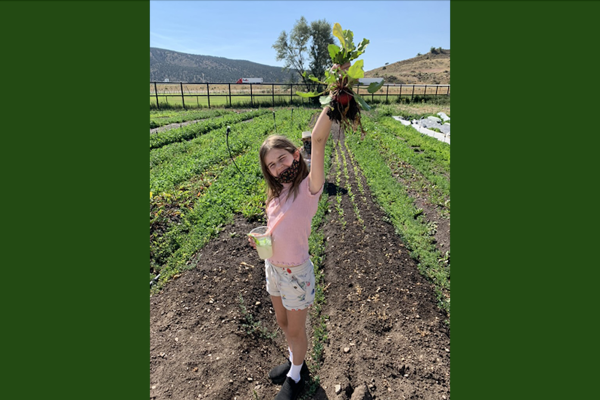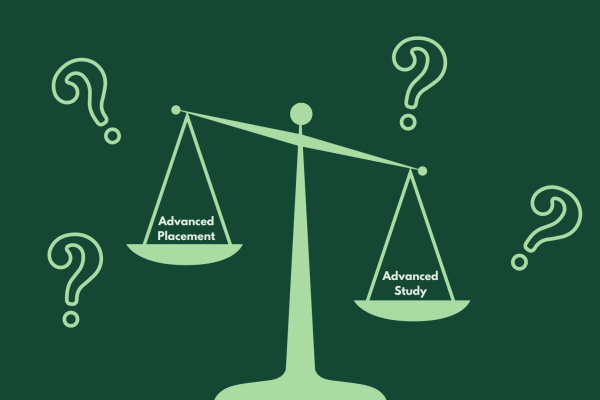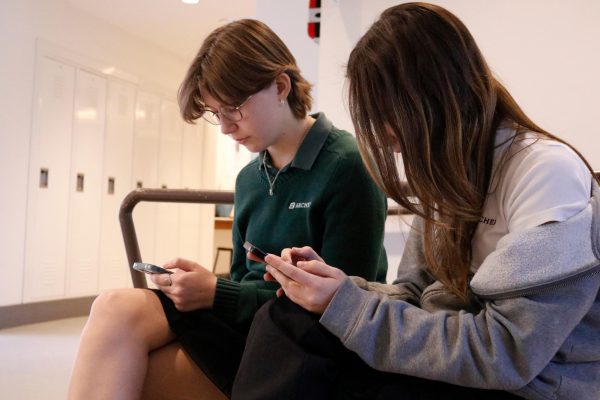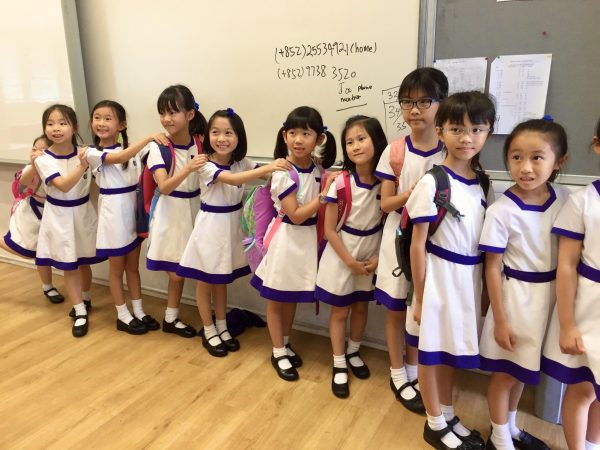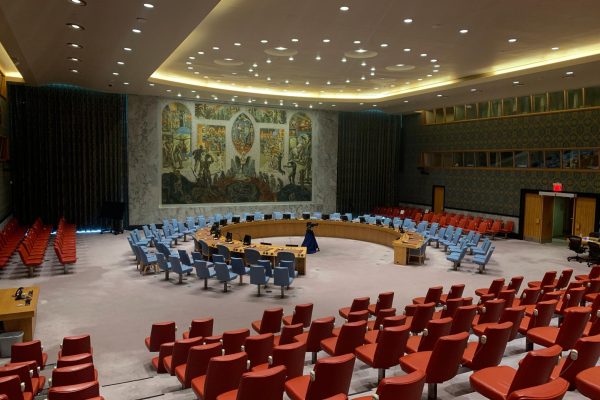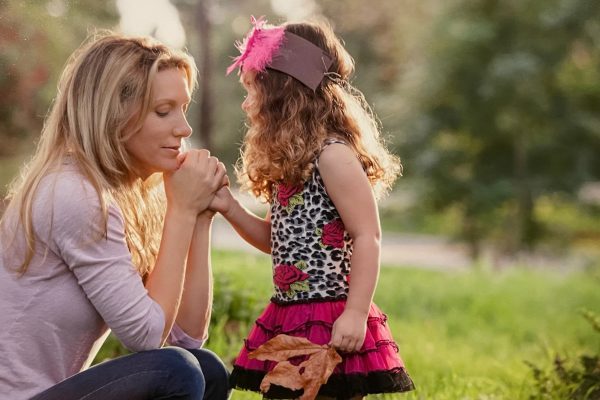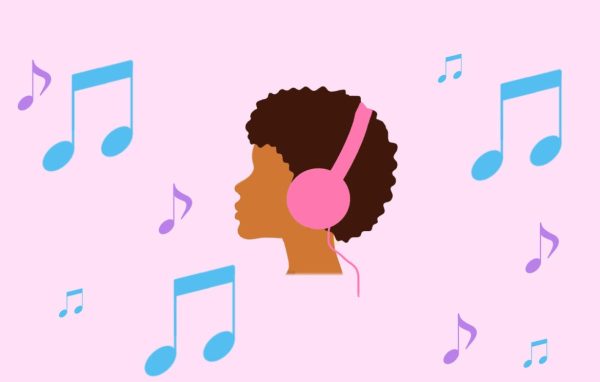Op-Ed: “Hardening” schools isn’t the solution, it’s the problem
Photo credit: Cadence Callahan
This drawing features a book bag and the phrases “hardening” and “softening.” There have been discussions on whether school environments should be “hardened” or “softened” as the number of school shootings in our nation keeps rising.
October 14, 2022
Picture this: you’ve arrived at school, a book bag slung over your shoulder, anxious to attend your classes and eager to greet your friends. Instead, you’re met with metal detectors, increasingly loud officers insisting you remove your backpack before walking through the detectors at a fast pace and an uncomfortable pat down that seems to last millennia.
While this imagery is jarring, it is the reality of some students in the United States. The rising number of school shootings in our country has sparked a fierce debate between left and right-wing parties on whether we should “harden” or “soften” school environments.
But what does it mean to “harden” or “soften” a school? Let me explain.
“Hardening” schools is an extreme method that encompasses various physical defenses. Some of these include having metal detectors, surveillance cameras and armed officers stationed around campus. In some cases, administrators and teachers may be armed as well.
While this practice is geared toward protecting students and teachers, these authoritarian routines lead to students feeling unsafe or targeted in their school environment.
Numerous institutions utilizing “hardening” strategies have large Black and brown student bodies. The increase in police presence creates an atmosphere where students of color are criminalized by the officers expected to protect them.
Article after article, we hear about school officers using brutal force on students of color: “Lousiana deputy put 10-year-old student in chokehold, lawsuit says,” “A school resource officer is fired after arresting two 6-year-old children.”
Research has shown that Black students are referred to law enforcement more than white students. Furthermore, it is said that Black girls are often considered and treated as adults in police encounters. Children are considered adults. Let that sink in. These racially motivated persecutions worsen the school-to-prison pipeline.
In a tweet, New Jersey’s Gov. Phil Murphy argued his reasoning behind increasing police presence at schools a month after the Uvalde shooting, claiming schools require the same security as capital buildings.
“Our schools are soft targets. They contain our most valuable possession — our children, the future of our country – and must be protected,” Murphy wrote. “Schools should be treated like courthouses, banks, capital buildings, etc. when it comes to security.”
Similar to other lawmakers’ thinking, Murphy’s reasoning is flawed. Our schools aren’t fortresses and shouldn’t be treated as such. They are educational institutions. This isn’t the right response to mass shootings. Safeguarding children and teachers shouldn’t mean sacrificing their physical or emotional well-being.
In contrast to “hardening” schools, “softening” school environments is a practice that strives to destigmatize and facilitate conversations surrounding mental health. This includes addressing issues such as bullying and harassment and creating an atmosphere where students feel supported and encouraged by the community around them.
Instead of waiting for another mass shooting to happen before discussing mental health, “softening” schools enables us to do so in advance, giving children access to services and support that may be able to stop these tragedies from occurring continuously.
I truly believe that one aspect to effectively decrease the number of school shootings is to “soften” schools. Our nation already regards discussions about mental health as taboo, so we should seek to make it a comfortable topic of discussion for future generations. While “hardening” schools refers to erecting barriers between instructors, students and their classmates, “softening” schools refers to tearing those walls down.
However, this isn’t enough on its own — it is just an important step. Our government officials need to implement stricter gun control laws that limit access to weapons destroying communities day after day. The responsibility of creating a safer school environment shouldn’t be placed on administrators and faculty alone, but rather our elected representatives and office-holders whose jobs are to serve the people.


























































